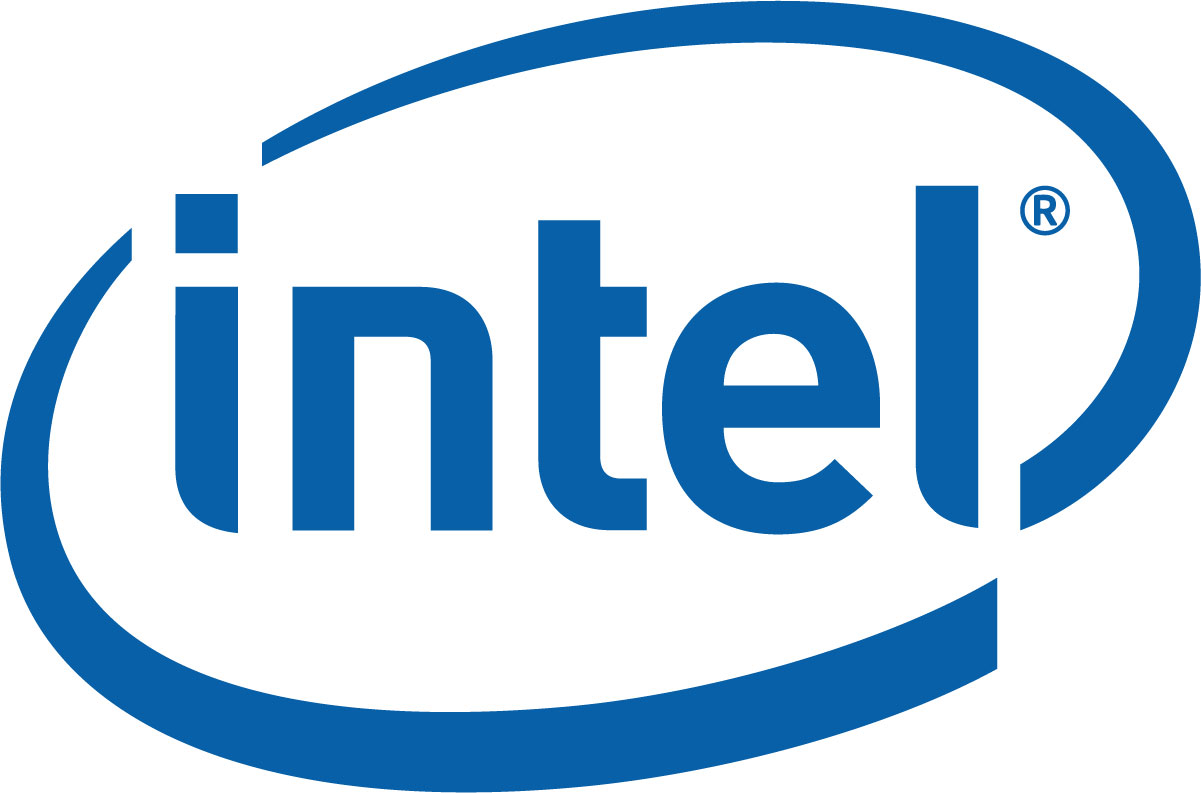Sandy Bridge Bug 2X Costly as Pentium Math Bug
Intel's surprising note that it has discovered a "circuit design issue" in the 6-series chipset is reminiscent of the 1993 FDIV bug. Intel's quality control may not be as fail-safe as the company claims.
The FDIV bug was a catastrophic design flaw in the original Pentium (P5) processor that caused certain floating point divisions to produce false results. It was a rather controversial problem and extremely rare as only one in 9 billion operations was believed to be affected by the flaw, but Intel was forced to recall and correct the issue. The company initially expected the cost to be in the neighborhood of $300 million, but ended up paying about $475 million in total.
We don't know much about the Sandy Bridge SATA bug announced today, other than the chipset could see its SATA connection deteriorate and cause the performance of SATA devices such as hard drives decline. Intel says not many consumers are affected and it has already begun manufacturing new Sandy Bridge devices. However, the company expects the issue to cost about $700 million, which isn't exactly a number for a minor issue. Semiconductor companies are traditionally conservative with their estimates how much such issues could cost in the end and there is a good chance that the SB problem will cost Intel nearly twice as much as the 1993 FDIV bug.
We should note that Intel has an elaborate structure of quality control in place: there are more than 3000 engineers worldwide who are testing new chip designs usually for at least 9 months before a chip is commercially released. This structure has been created following the FDIV bug specifically to avoid scenarios such as the announced Sandy Bridge circuit design "issue." With a $700 million bill and the stock market fallout still to be seen, Intel may be looking into ways on how to improve its quality control system -- especially since the company is trying to figure how to make its way into other high-volume markets such as mobile phones and consumer electronics.
There have been some reports from the side of AMD ridiculing Intel's mistake, but we should be fair and recognize that microprocessors are highly complex marvels and engineering and AMD has made mistakes as well - such as the TLB bug in the company's first quad-core server processor - the 2007 Opteron CPU with Barcelona core.
Get Tom's Hardware's best news and in-depth reviews, straight to your inbox.

Douglas Perry was a freelance writer for Tom's Hardware covering semiconductors, storage technology, quantum computing, and processor power delivery. He has authored several books and is currently an editor for The Oregonian/OregonLive.
-
bv90andy So much for their record profits. I know where those will be spent. Too bad. because this will finally be payed by the consumer.Reply -
eddieroolz That's some serious dough there. My guess is that it will run into the billions towards the end.Reply -
yao when can I buy my pc?Reply
I was thinking about buying one, now this news come out.. no way I will buy in the near future. -
geekapproved Definitely billions. And what about the OEM's and mobo makers, they going to have to absorb all the RMA and shipping costs for replacement parts and replacement labor. What about the Mom and Pop shops, they are seeing record sales right now because of SB release, now they can't sell any more till April and nobody but the super budget minded are really buy AMD right now, so, there goes those record sales.Reply -
geekapproved Wow, you think after the P55 cpu socket issues they would have bumped up the QC a little. Guess not, they are too worried about aquiring Mcafee. lolReply -
zelog silverblueSorry, but we're talking 1993 money as compared to 2011. It's way worse than 2X. You mean "it's way better than 2X"Reply -
Onus The mainstream market, where the vast bulk of systems are sold, won't even notice. That market is still buying S775 systems, e.g. "Corporate Stable" models. This will inconvenience, piss off, and maybe alienate some enthusiasts, and maybe the top percent or two of the high-end pro market, but nothing more.Reply
